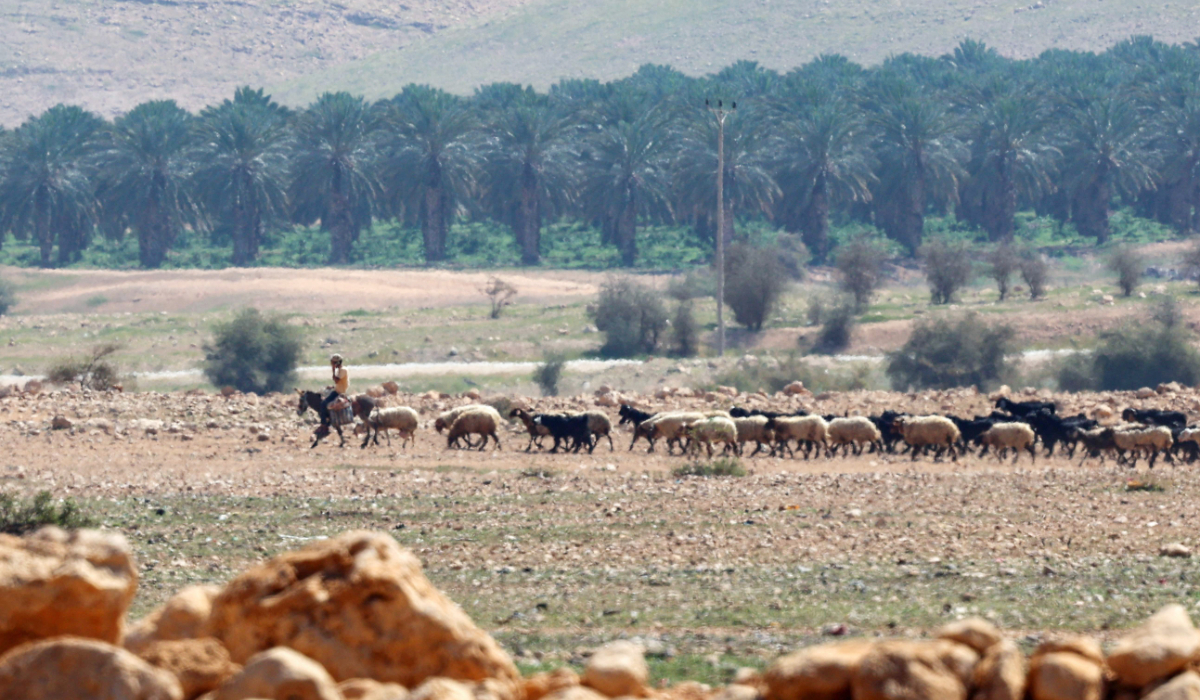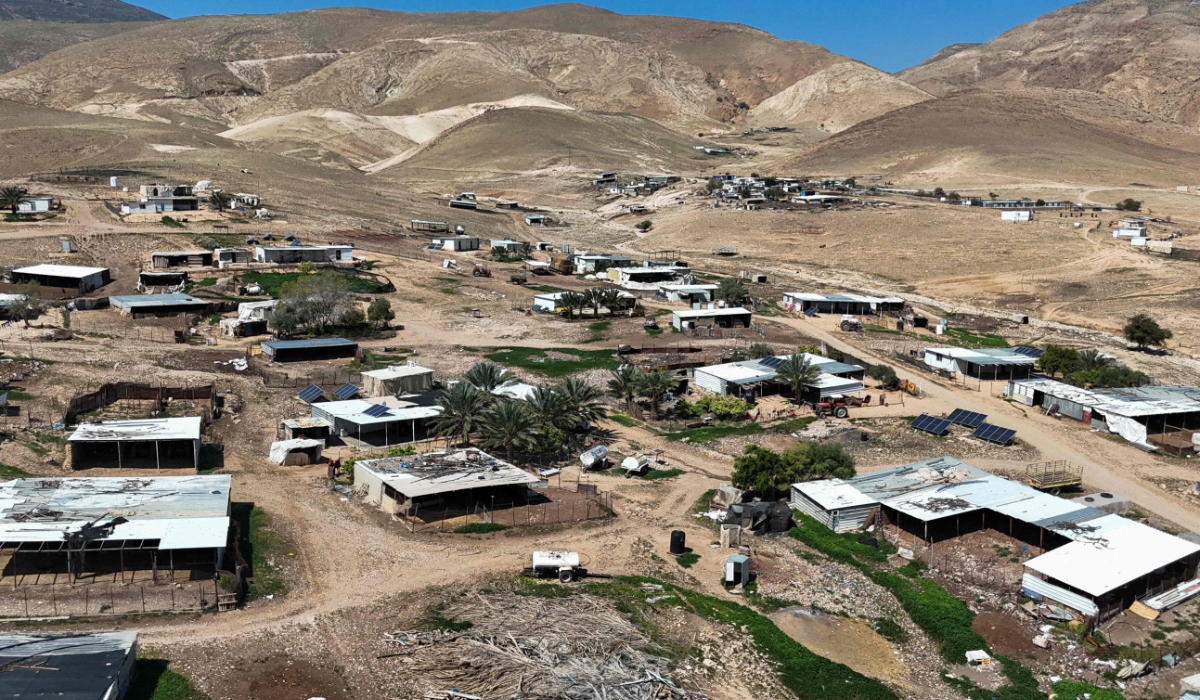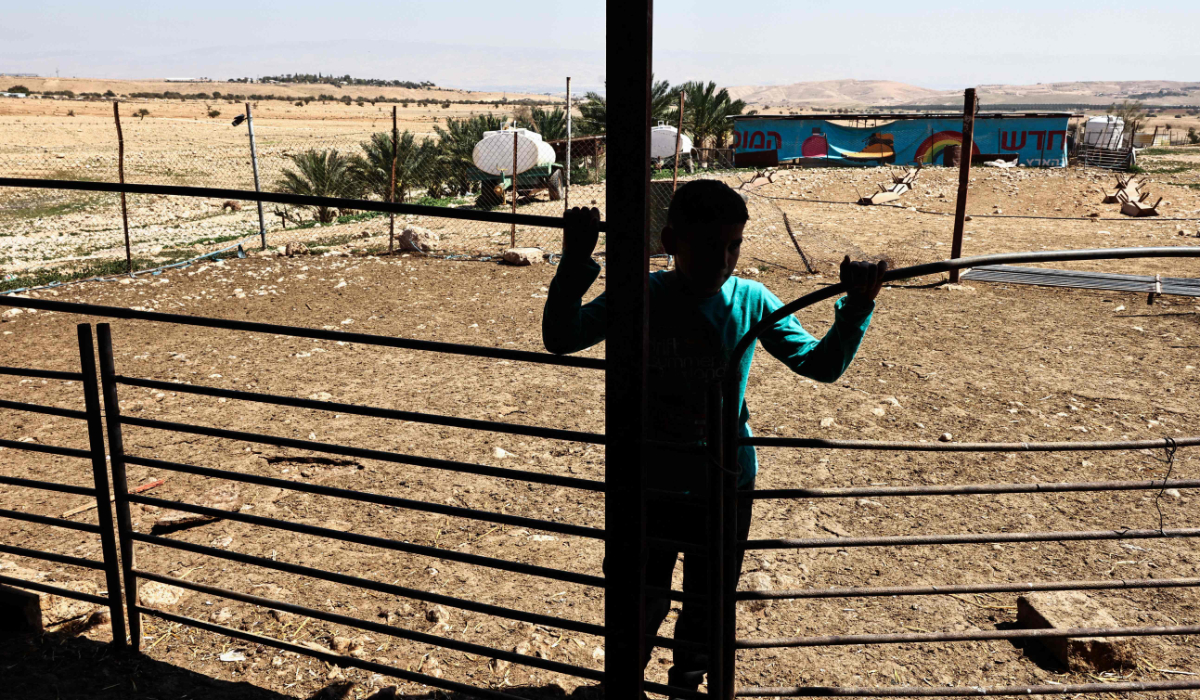CAIRO/GAZA: Israeli military strikes across the Gaza Strip have killed at least 72 people since Thursday night and Israeli forces launched a night-time raid on a hospital in the north of the enclave, Palestinian officials said.
The Gaza health ministry said a strike on houses in the southern city of Khan Younis killed at least 38, many of them women and children.
The Israeli military said its forces had killed a number of Palestinian gunmen in air and ground strikes in the southern Gaza Strip and dismantled military infrastructure.
Some residents of Khan Younis sifted through rubble on Friday in an attempt to retrieve clothes and documents, while children looked for their toys.
Ahmed Sobh recounted how his cousin had screamed “Help me, help me.”
“We ran and found her children, a boy and a girl, martyred. Her son was lying under the concrete column, it took us 1.5 hours to get him out,” he told Reuters.
Ahmed Al-Farra described digging relatives including his mother from the rubble, adding he had lost 15 members of his extended family during the airstrikes.
“As I was trying to dig (my mother) out I looked at this wall and saw a tank aiming at me. I was thinking ‘shall I dig or shall I watch the tank,’ what shall I do? I dug her out full of fear. Everyone was doing the same, digging in fear,” he said.
At the nearby Nasser Hospital, medics prepared the dead, among them three children wrapped in the same white shroud.
HOSPITAL STORMED
In northern Gaza, where an area around the town of Jabalia has been the target of a weeks-long offensive, health officials said Israeli forces stormed Kamal Adwan Hospital, one of three medical facilities struggling to operate there, and stationed forces outside it.
“The terrorizing of civilians, the injured and children began as they (the Israeli army) started opening fire on the hospital,” Eid Sabbah, the hospital’s director of nursing, said in a voice note to Reuters.
When the army retreated, a delegation from the World Health Organization arrived with an ambulance and evacuated some patients. The WHO confirmed it had transferred 49 patients and caregivers to the Al-Shifa Hospital in Gaza City.
“We saw mayhem and chaos... The emergency wards (in Kamal Adwan) were overflowing, and we saw numerous patients being brought in and horrific trauma patients, completely overwhelming the staff,” Rik Peeperkorn, WHO Representative for the occupied Palestinian territory said in an update on the operation.
Israel’s military humanitarian unit, Cogat, which oversees aid and commercial shipments to Gaza, said the military facilitated the transfer of 49 patients to other hospitals, the entry of a fuel truck for the Kamal Adwan Hospital, and the delivery of 180 blood units and medical supplies.
After the partial evacuation, Israeli tanks returned and opened fire on the hospital, striking its oxygen stores, before raiding the building and ordering staff and patients to leave, the nursing director Sabbah said.
The Israeli military said it was operating in the area of Kamal Adwan Hospital based on intelligence “regarding the presence of terrorists and terrorist infrastructure” there.
Medics at three hospitals have refused Israeli orders to evacuate and leave patients unattended. They said at least 800 Palestinians had been killed in northern Gaza since the army began the new offensive three weeks ago.
Israel says its forces returned to northern Gaza as Hamas fighters had regrouped there.
“IDF troops continue their operational activity in the area of Jabaliya and have eliminated dozens of terrorists, dismantled terrorist infrastructure, and located numerous weapons over the past day,” the Israeli military said.
NEW CEASEFIRE PUSH
Meanwhile, Israeli strikes on three houses in the nearby Gaza town of Beit Lahiya killed 25 people and wounded dozens more, medics said.
Later on Friday, an Israeli airstrike killed nine people in Shati camp in Gaza City, medics said, raising the number of Palestinians killed by Israeli fire across the enclave to at least 72 since Thursday night.
The escalation came as the United States renewed its push for a ceasefire deal between Israel and Hamas.
A Hamas official confirmed to Reuters on Friday that a delegation led by the group’s chief negotiator Khalil Al-Hayya arrived in Cairo on Thursday for talks with Egyptian officials.
The official says Hamas was determined any agreement must end the war in Gaza, get Israeli forces out of the enclave and achieve a prisoners-for-hostages swap deal.
US and Israeli negotiators will gather in Doha in the coming days to try to restart talks, officials said on Thursday. Israel is also fighting Iran-backed Hezbollah in Lebanon.
Qatar and Egypt have acted as mediators between Israel and Hamas in months of talks that broke down in August without an agreement to end the war that erupted when Hamas-led fighters attacked Israel on Oct. 7, 2023, killing some 1,200 people and taking about 250 hostages to Gaza, according to Israeli tallies.
The death toll from Israel’s retaliatory campaign in Gaza is approaching 43,000, with the densely populated enclave in ruins.



























